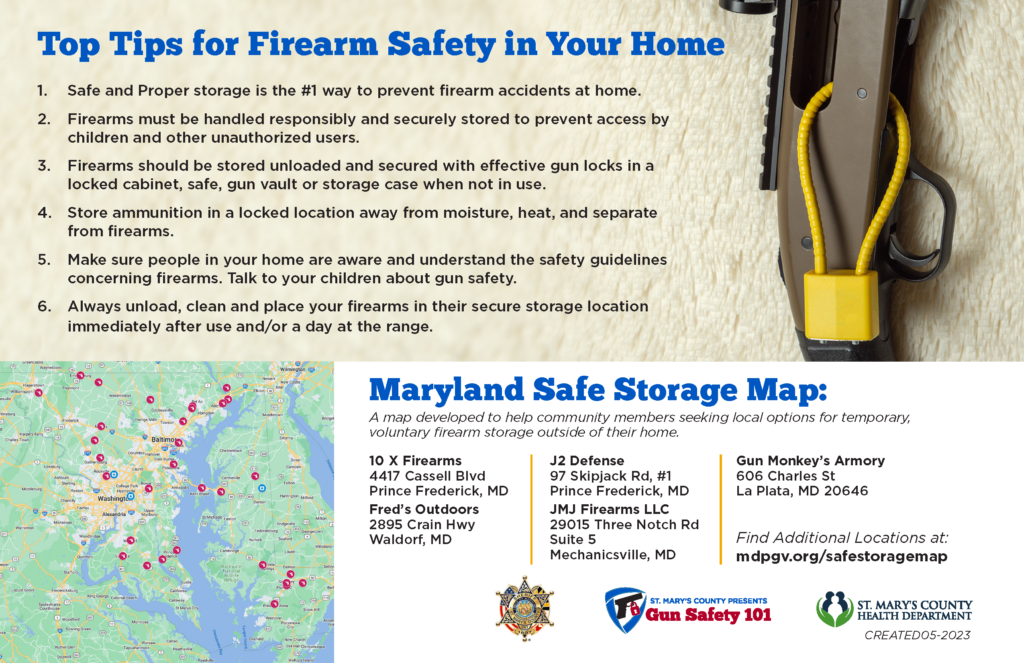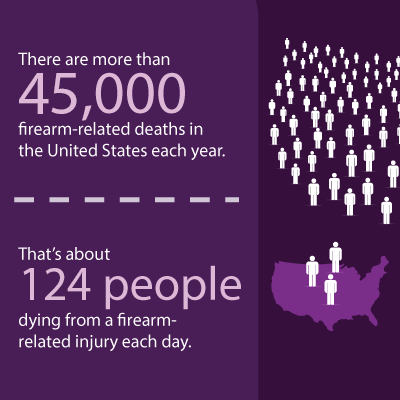SMCHD is committed to preventing injury and violence by promoting safe environments, reducing risk, and utilizing the best available evidence and resources to strengthen communities.
Experiencing injury or violence can have a lifelong impact. People can suffer short-term effects, such as missing work or school, and long-term effects, such as chronic illness or death.
Trauma
Trauma is described as an event or circumstance resulting in physical, emotional, or life threatening harm. A traumatic event can have lasting adverse affects on a person’s physical, mental, and emotional health as well as their social well-being.
Trauma has no boundaries regarding age, gender, socioeconomic status, race, ethnicity, or sexual orientation. Trauma is a common experience for adults and children in American communities, and it is especially common in the lives of people with mental and substance use disorders. For this reason, the need to address trauma is increasingly seen as an important part of effective behavioral health care and an integral part of the healing and recovery process.
VIT Action Team – Healthy St. Mary’s Partnership
In 2020, The Violence, Injury, and Trauma Action Team (VIT) was initiated in response to the completion of a comprehensive Community Health Assessment (CHA) for St. Mary’s County. The Healthy St. Mary’s Partnership, St. Mary’s County’s health improvement coalition, utilized data, key informant interviews, and community focus groups provided from the CHA to identify issues relating to violence, injury and trauma as a health priority area for the county.
The VIT Action Team is dedicated to addressing community violence, domestic violence, unintentional and intentional injuries, Adverse Childhood Experiences (ACEs), and the trauma associated with these factors which can affect a person’s health and well-being. Specific objectives of the VIT Action Team include:
- Reducing and mitigating Adverse Childhood Experiences (ACEs), such as experiencing abuse or neglect, witnessing household dysfunction, violence, and substance use. ACEs can lead to long-term effects such as the onset of chronic diseases, depression and other mental illness, violence and being a victim of violence, and financial and social problems later in life. Many of the team’s evidence-based strategies address preventing ACEs from happening in the first place as well as strategies to mitigate the long-term health effects of ACEs.
- In Maryland, suicide is the third leading cause of death among teens ages 15–19. Reducing the percentage of high school and middle school students who seriously considered attempting suicide is part of several objectives addressing the needs of adolescents in St. Mary’s County.
Get involved – New members are always welcome!
Firearm Violence Prevention
Firearm violence is a serious public health problem that impacts the health and safety of Americans. Addressing gaps in firearm safety and education is an important step toward keeping individuals, families, schools, and communities safe from firearm violence and its consequences.

Facts About Firearm Violence:
Below are national statistics from the Centers for Disease Control and Prevention:
- Firearm-related deaths continue to be a significant public health problem in the United States. In 2020, 79% of all homicides and 53% of all suicides involved firearms.
- Between 2019 and 2020, the firearm-related homicide rate increased approximately 35% and the firearm- related suicide rate remained high.
- In 2020, counties with the highest poverty level had firearm-related homicide rates 4.5 times as high and firearm-related suicide rates 1.3 times as high as counties with the lowest poverty rates.
- The largest increase in firearm-related homicides was among African-Americans (39%). The largest increase in firearm-related suicides was among American Indian and Alaska Native people (42%).

Image Source: National Network for Safe Communities at John Jay College, Group Violence Intervention Issue Brief
Group Violence Intervention Program
Serious violence in the United States is concentrated in historically disadvantaged communities of color, and particularly among young men in these communities. The Group Violence Intervention (GVI)—also known as “Operation Ceasefire”—has a strong record of preventing such violence.
GVI focuses on the groups at highest risk for violent victimization and offending, with the intention to keep persons alive, safe, and out of prison. The GVI partnership conveys a powerful community message of disapproving violence and supporting community aspirations; provides concrete opportunities for both immediate and longer- term assistance; and gives clear prior notice of the legal risks associated with continued violence.